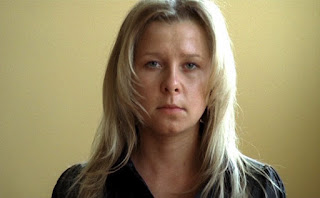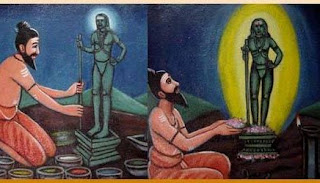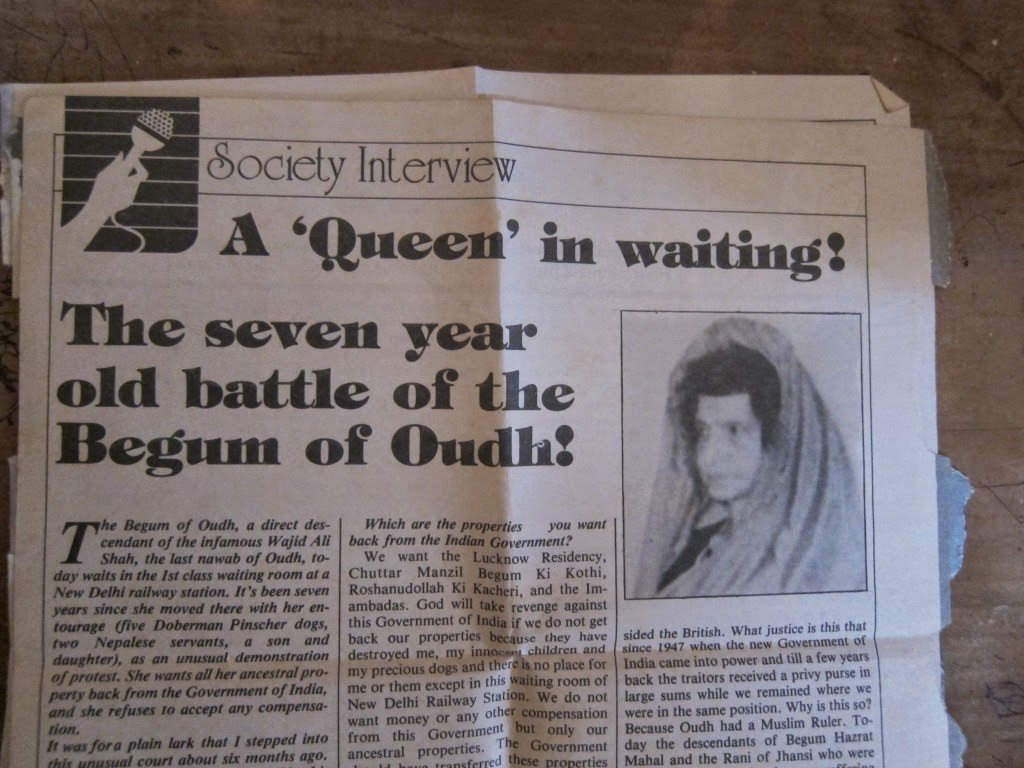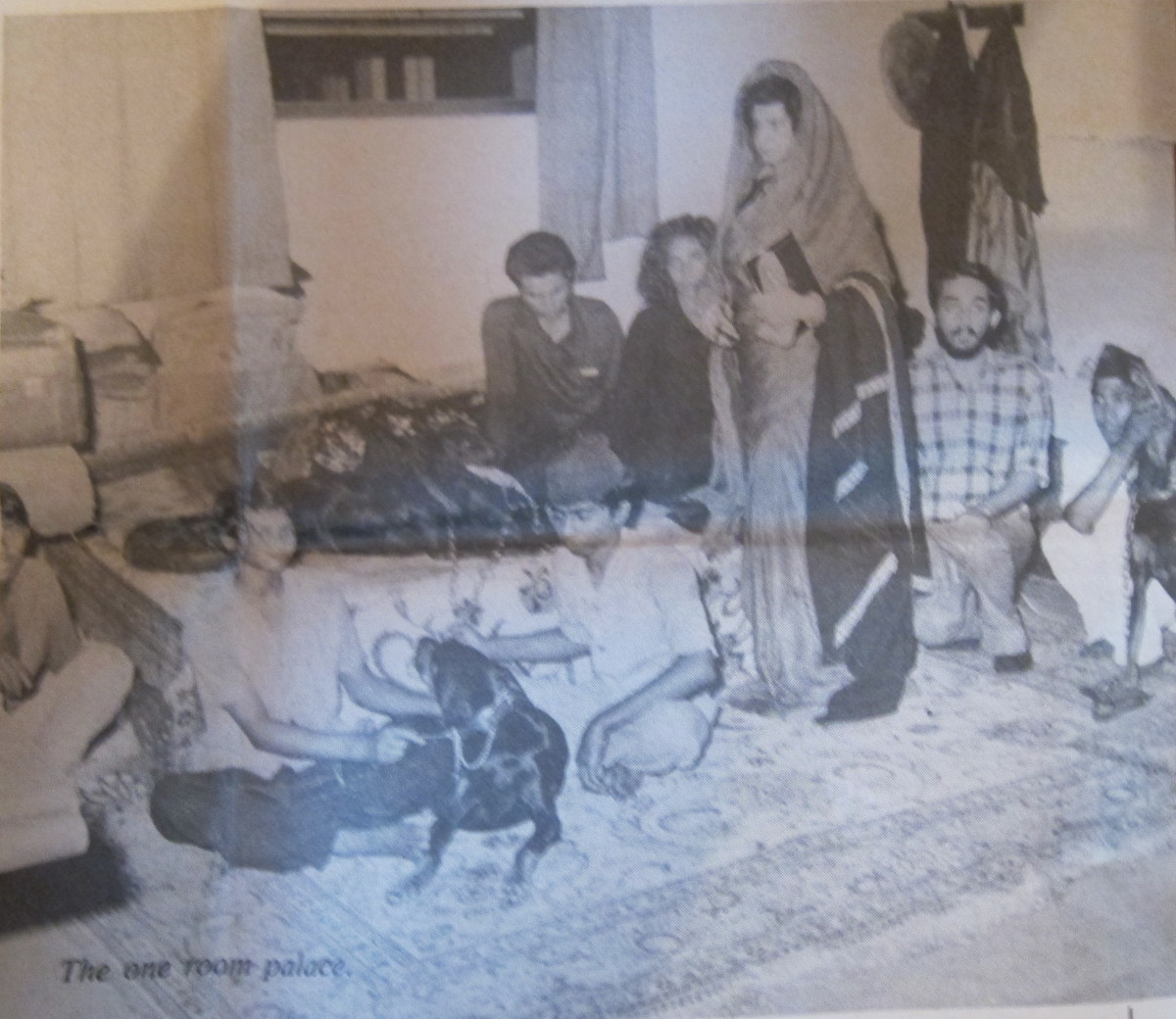Jallikattu or Sallikkattu , also known as Eru thazhuvuthal and Manju virattu , is a traditional spectacle in which a Brahman bull is released into a crowd of people. Multiple human participants attempt to grab and tightly "hug" the large hump of the bull and hang while the bull attempts to escape. Participants hug the hump for as long as possible, attempting to bring the bull to a stop.In some cases, participants must ride long enough to remove flags affixed to the bull's horns.
How old is Jallikattu?
Jallikattu has been known to be practiced during the Tamil classical period (400-100 BC).It was common among the ancient people Aayars who lived in the ‘Mullai’ geographical division of the ancient Tamil country.Later, it became a platform for display of bravery and prize money was introduced for participation encouragement. A seal from the Indus Valley Civilization depicting the practice is preserved in the National Museum, New Delhi.
How is jallikattu associated to agriculture?
Native cattle have evolved over millennia, adapting to the local environmental conditions. They are an integral part of farming, especially for small and marginal farmers as they serve multiple purposes like ploughing, transportation, source for farmyard manure, organic treatments like panchagavya, jeevamritham, and as a source of A2 milk.Stud bulls are reared by people for jallikattu. The ones that win are much in demand for servicing the cows. Small farmers cannot afford to keep stud bulls, so each village has a common temple bull which services the cows of the village. Jallikattu is the show where bulls are brought and exhibited. The ones which are most agile (and virile) are preferred by farmers. The calves from such bulls are in demand.
The intricate connect between these events and farming can be seen from the chronological order in which showcase events like jallikattu happen first, then the shandies and then the main farming season starts. Once harvest is done, farmers take their bulls to participate in such events over the next few months; spectators and visitors make a note of the top bulls and seek them out in sandhais (cattle shandies/markets) which happen from December till April all over Tamil Nadu. The calves and bulls are bought for jallikattu and some of their offspring will be castrated and used as draught animals in transport/farming.

What is the breeding process?
Jallikattu is a system evolved over a period by Tamil society to conserve animal by allowing them to co exist in the habitat they live. It encourages the skill development of person who is involved in handling the animals and support In-situ conservation of a domesticated gene pool through gaming . This responsibility of In-situ conservation of gene pools & skill development has ensured harmonious society in Tamil society through Jallikattu.
Jallikattu & Breeding :
Tamil society always puts up a science behind a practice as preaching science also bores like preaching a religion. Though even in western world animal breeding was considered as a Science only after Sir Robert Bakewell (1725–1795) tamil society were practicing animal breeding as a science.
Jallikattu is one of the open system adopted by tamil society for selecting a gene pool for breeding and domestication .
Breeding is a boring and time consuming art & science. With out incentive it would be difficult to enthuse one who does this practice. Jallikattu/ Eru Thazuvuthal was a breeding system created with gaming & incentive to enthuse society for selecting a gene pool for breeding.
How does it indirectly effect us?
In order to know how it a effects us indirectly we need to the know about A1, A2,milk type.
Many of us do not know the difference between an Indian cow and a western cow. The cows you see on the streets now are hybrid-western cows. The poisonous A1 milk you now drink is from this breed. The indigenous cow breeds of our country has a hump on it's back and it gives nutritious, safe A2 milk. We had about 70 indigenous breeds which is now reduced to 30, thanks to the lobbying west and our mindless corrupt politicians. And this 30 left overs are also waiting to go extinct, thanks to the slaughter houses and the ban on Jallikattu and bullock cart racing.

The milk you get from Aavin and other companies are toxic A1 milk. Cow's milk contains proteins, fats, carbohydrates (in the form of lactose), minerals and water. There are two types of cow's milk : A1 & A2. The main difference between the A1 & A2 milk is their protein component. The protein is of two types : Casein and Whey. There are different types of casein proteins and one particular type is called the BETA-CASEIN which has two variations : A1 & A2. The A1 beta casein is a highly toxic component while the A2 is harmless and safe. Your mother's milk is A2 and so is the Indian cow's. It has micronutrients like cytokines and minerals which enhances your immune system. But the western cow's milk which we drink today, is highly toxic and not suitable for human consumption.

Bottom line is, once people drink milk, the western cow's milk (which contains A1 beta casein) digests differently than the Indian Cow's milk (which has A2 beta casein). With the A1 beta casein, there's a release of a 'peptide' which a small fragment of protein called " Beta-Caso-Morphin-7 " the devil in the milk.
The BCM7 is an opioid (psychoactive chemical) and when it gets through from the stomach into the blood, it can cause all sorts of problems. The human body simply doesn't like this opioid and it tries to react against it, and depending on the individual's genetic make up, one could get all sorts of diseases ranging from juvenile diabetes, autism, allergies and etc. To make it worse, BCM7 crosses the Blood Brain Barrier. Which means, it could get in to your brain, resulting in schizophrenia and auto-immune diseases such as MS and Parkinson's. In children, it could cause several issues for their psychomotor and physical development (a recent study made by Russian scientists has confirmed this).

The west has now woken up to the truth and more and more people are going to A2 milk. This has made the western diary industry nervous. So they're in the process of converting their useless, toxic A1 cows to A2 cows. They come to India for the A2 cow embryos as a result of which, now some of our wonderful native breeds like the Punganur and Vechur cows are nearly extinct. And thanks to the lack of a mechanism to check the illegal export of embryos at Indian sea ports, they're doing this with no issues. Today we see western humpless cow in indian diaries , and Indian humped cow in western diaries. Aavin and other milks we get in India now is the toxic A1 kind. The Indian hospitals and doctors are well aware of the health issues caused by the A1 milk, but they keep quiet. After all the business is booming right?
How did this corruption of native breed started?

The White Revolution Of India (should be read as 'The Ethnic Cleansing Of Desi Cows" )
It all began in the early 1960s.So supposedly, back in the early 60s, India wanted to improve her milk production and wanted to become milk sufficient. So she started the 'White revolution" a project by the National Dairy Development Board (NDDB) which was the world's biggest dairy development program. Now, you may think this program was about improving the values, knowledge, ethnoveterinary practices, healers and the local biodiversity associated with the native Indian breeds to make the Indian cows more productive, but you're wrong. This was a program devised by the western cattle industries who wanted to make moolah out of the gullible Indian public. They propagated 'mix breeding' as a solution to improve the milk yield of the Indian cattle. And through heavy lobbying, there were able to make our government agree! So instead of improving the milk production of the Indian cows like any sane government would do, Our tax money was spent in buying the exotic western bulls and semen, which made the western cattle industry very happy. They even made our government pass laws that will prohibit breeding of cows with Indian bulls without a license! One good example would be the Kerala livestock act of 1962, which PROHIBITS the maintenance of productive, indigenous bulls by the farmers. If you happened to have a bull that can mate, the agri inspector will come and cut it's balls off!!. Such has been the power of the lobbying west!
So friends let's not poison the milk our future generations consume and leave them with this curse. Let's unite together for greater cause by saving jallikattu and saving out native cattle breed
.
Please support jallikattu. Jai hind !!
Source :Wikipedia, wire, Quora














































